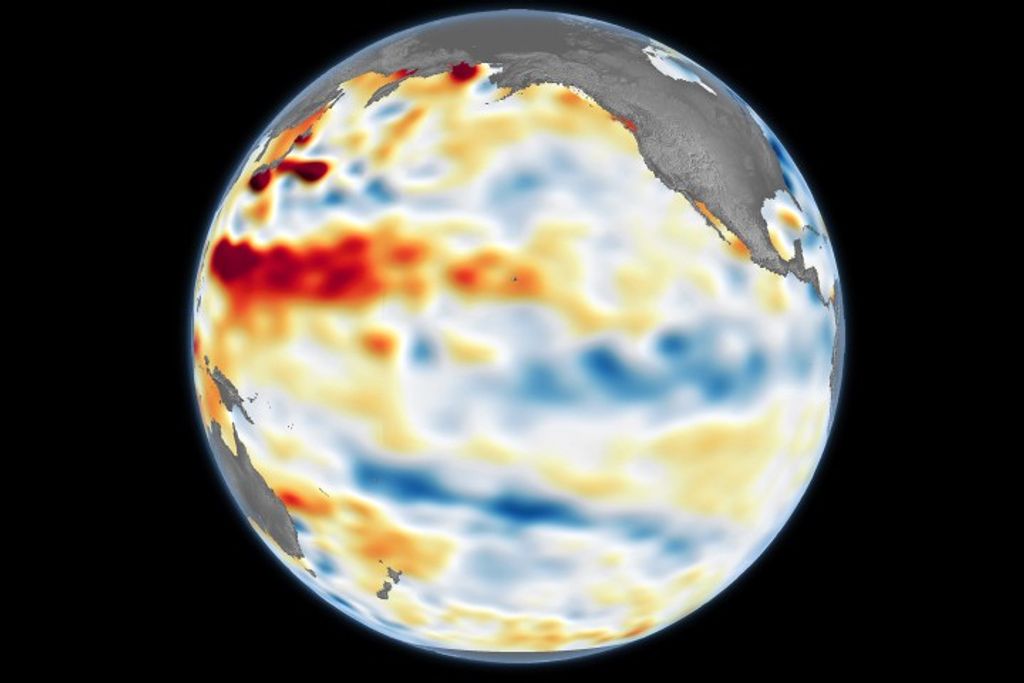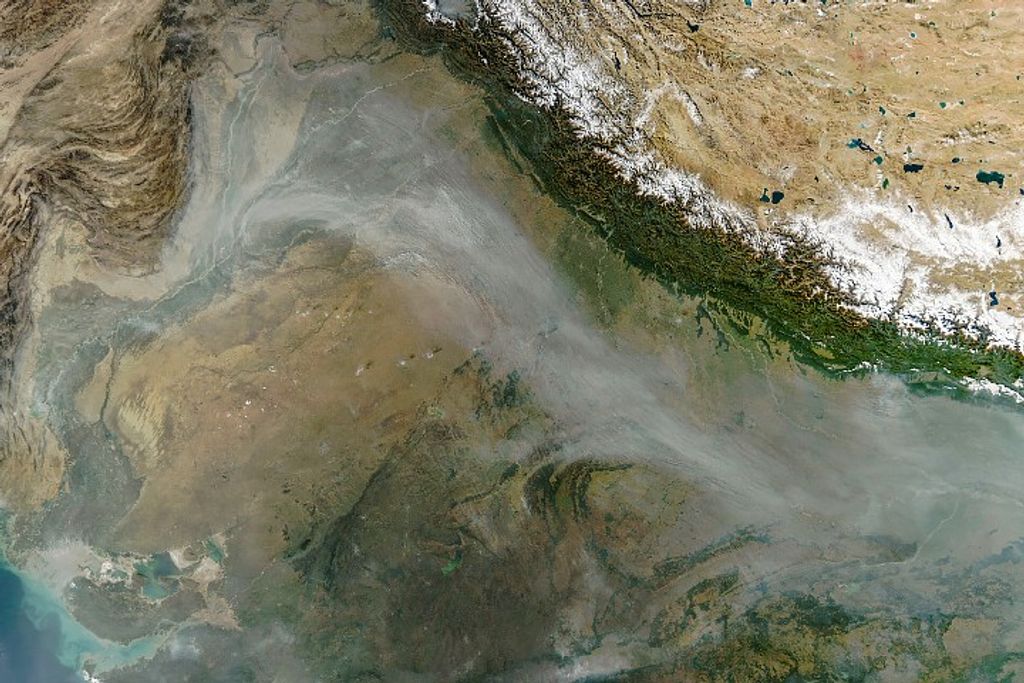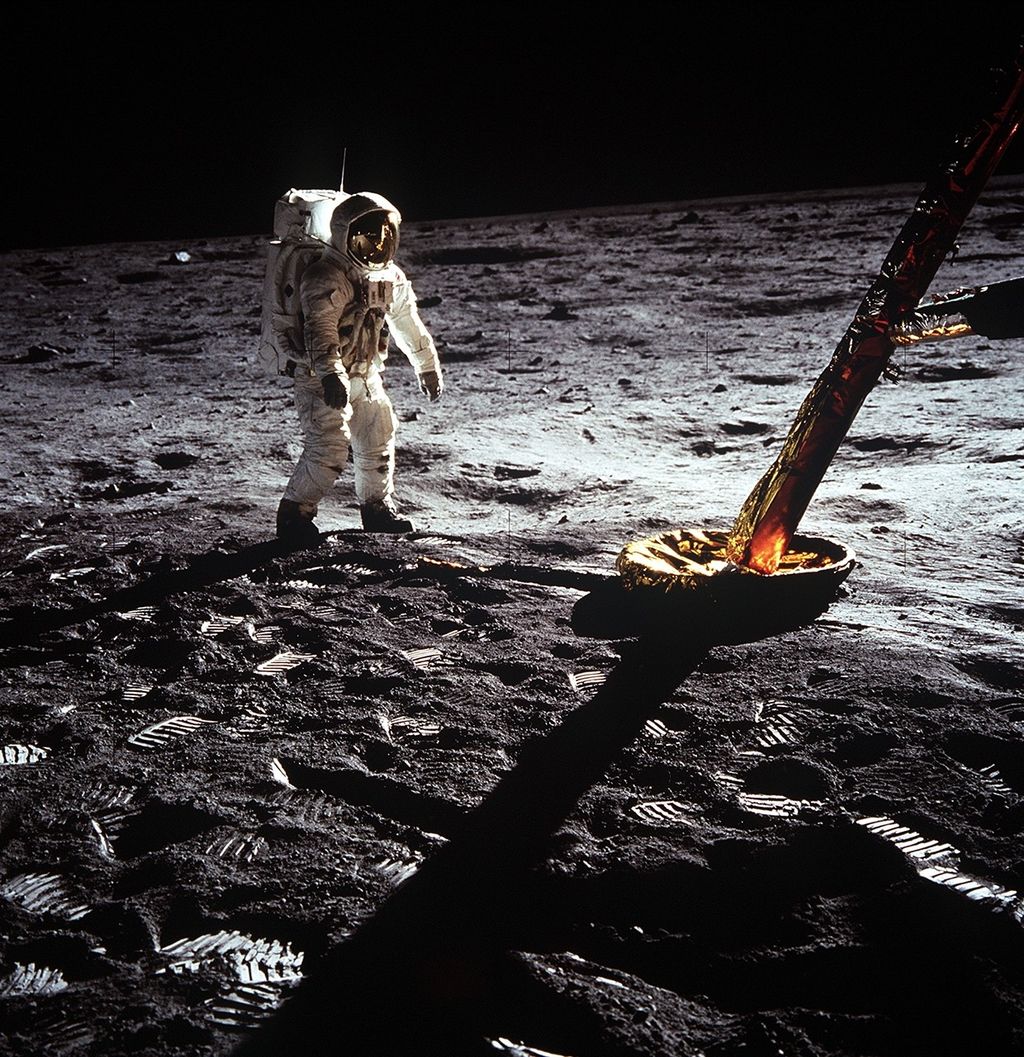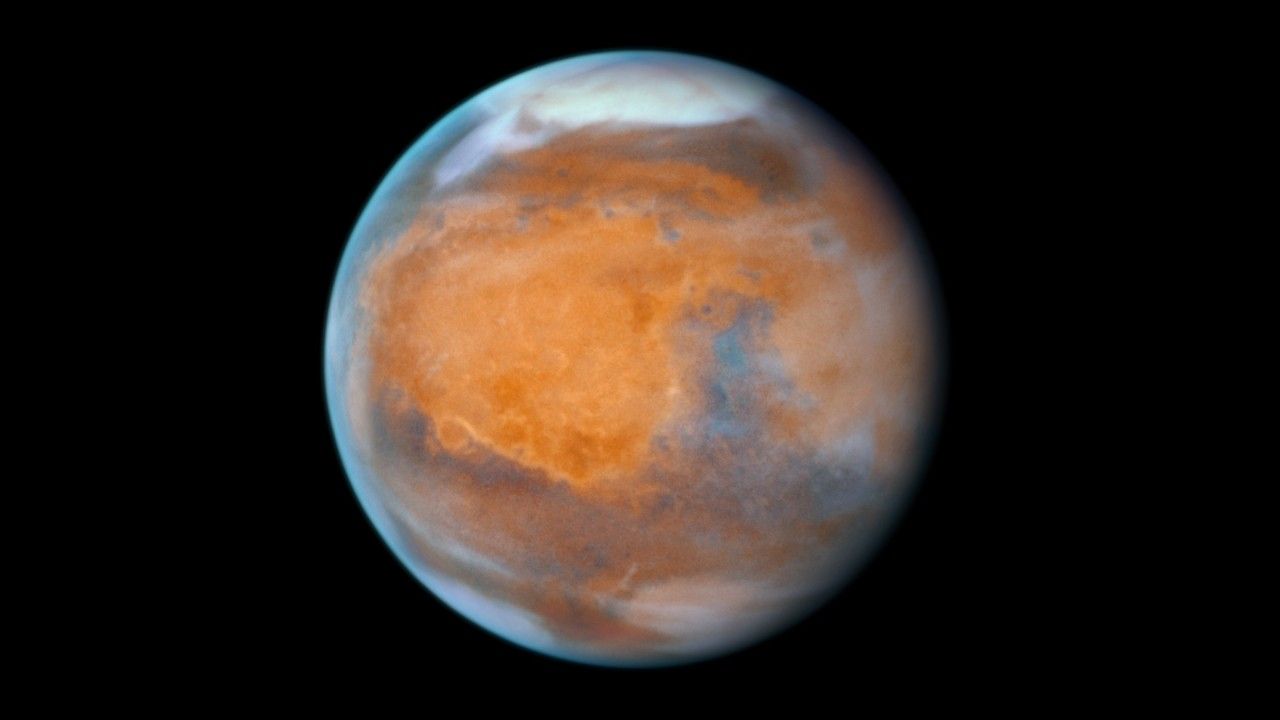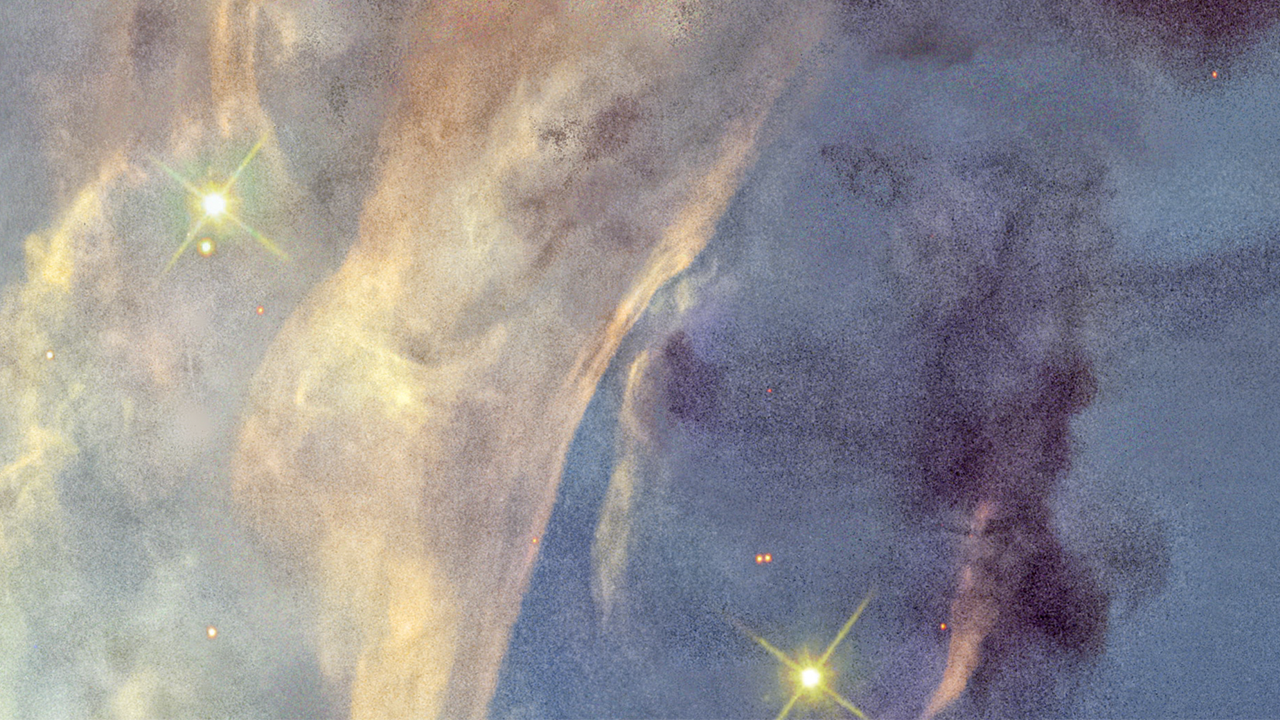1 min read
Planetary Nebula NGC 2899

This Hubble Space Telescope image captures the beauty of the moth-like planetary nebula NGC 2899. This object has a diagonal, bipolar, cylindrical outflow of gas. This is propelled by radiation and stellar winds from a nearly 40,000-degree-Fahrenheit white dwarf at the center. In fact, there may be two companion stars that are interacting and sculpting the nebula, which is pinched in the middle by a fragmented ring or torus – looking like a half-eaten donut. It has a forest of gaseous “pillars” that point back to the source of radiation and stellar winds. The colors are from glowing hydrogen and oxygen. The nebula lies approximately 4,500 light-years away in the southern constellation Vela.
About the Object
- R.A. PositionR.A. PositionRight ascension – analogous to longitude – is one component of an object's position.09:27:03.2
- Dec. PositionDec. PositionDeclination – analogous to latitude – is one component of an object's position.-56:06:21.1
- ConstellationConstellationOne of 88 recognized regions of the celestial sphere in which the object appears.Vela
- DistanceDistanceThe physical distance from Earth to the astronomical object. Distances within our solar system are usually measured in Astronomical Units (AU). Distances between stars are usually measured in light-years. Interstellar distances can also be measured in parsecs.4,500 light-years
- DimensionsDimensionsThe physical size of the object or the apparent angle it subtends on the sky.Image is about 2.6 arcmin across (about 2.5 light-years)
About the Data
- Data DescriptionData DescriptionProposal: A description of the observations, their scientific justification, and the links to the data available in the science archive.
Science Team: The astronomers who planned the observations and analyzed the data. "PI" refers to the Principal Investigator.The HST observations include those from program 17855 (C. Britt)
- InstrumentInstrumentThe science instrument used to produce the data.WFC3/UVIS
- Exposure DatesExposure DatesThe date(s) that the telescope made its observations and the total exposure time.08 January 2025
- FiltersFiltersThe camera filters that were used in the science observations.F438W, F502N, F555W, F656N, F658N, F814W
- Object NameObject NameA name or catalog number that astronomers use to identify an astronomical object.NGC 2899
- Object DescriptionObject DescriptionThe type of astronomical object.Planetary Nebula
- Release DateApril 23, 2025
- Science ReleaseEye on Infinity: NASA Celebrates Hubble’s 35th Year in Orbit
- CreditImage: NASA, ESA, STScI; Image Processing: Joseph DePasquale (STScI)

These images were acquired by the WFC3 Instrument on the Hubble Space Telescope. The color results from assigning different hues (colors) to a monochromatic (grayscale) image. In this case, the assigned colors are: Blue: F438W+F502N, Green: F555W+F656N, Red: F814W+F658N

Related Images & Videos

Mosaic of Hubble 35th Anniversary Targets
A selection of photogenic space targets to celebrate the 35th anniversary of NASA's Hubble Space Telescope. Upper left: Mars. Upper right: planetary nebula NGC 2899. Lower left: a small portion of the Rosette Nebula. Lower right: barred spiral galaxy NGC 5335.

Rosette Nebula Context Image
The Rosette Nebula is a vast star-forming region, 100 light-years across, that lies at one end of a giant molecular cloud. The background image is from the Digitized Sky Survey, while the inset is a small portion of the nebula as photographed by the Hubble Space Telescope.

Planetary Nebula NGC 2899
This video zooms across 6,500 light-years through a star-studding field to visit the planetary nebula NGC 2899, as photographed by the Hubble Space Telescope. The nebula has a diagonal bipolar structure formed by a cylindrical-shaped outflow of hot gasses and radiation from the c...
Share
Details
Claire Andreoli
NASA’s Goddard Space Flight Center
Greenbelt, Maryland
claire.andreoli@nasa.gov









